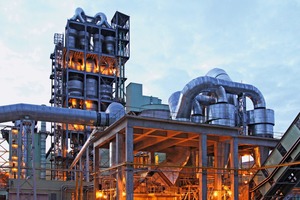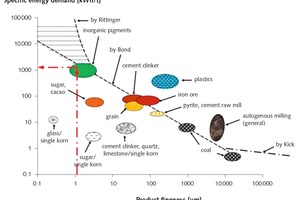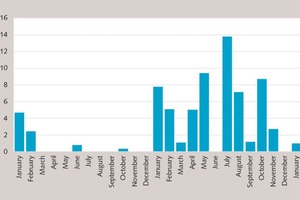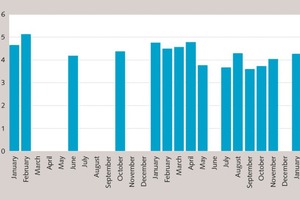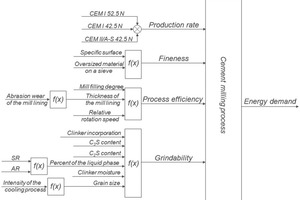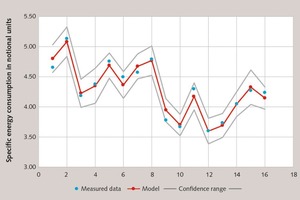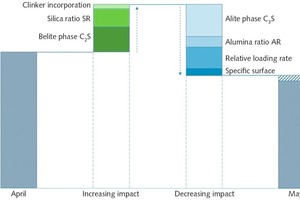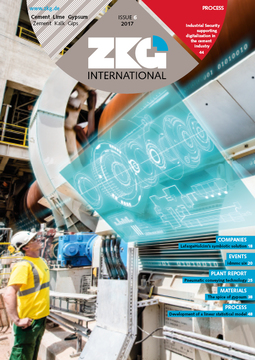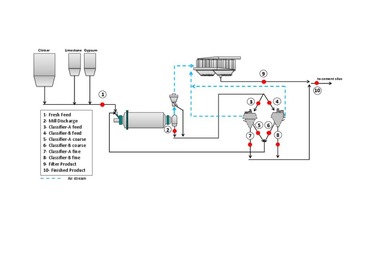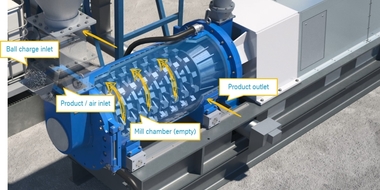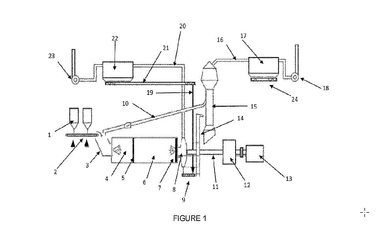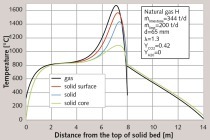Development of a linear statistical model for the cement milling process
The cement milling process demands a major share of the total energy consumption of cement production. This key performance indicator not only depends on the production rate and the specific fineness, but also on clinker quality and process efficiency. The investigation of the influencing parameters and evaluation of the experimental data have found the significant linear interrelations in the milling process.
1 Introduction
The investigation on the correlation between milling process parameters and energy consumption is well known [1]. Hitherto the following empirical differential equation
dW = – C ∙ d– n⇥(1)
d(d)
can be used generally, W being the energy demand, d the particle size, and C a material constant.
Depending on the values of the constant C and the exponent n, the equation is applied for calculation of the energy demand of various grinding processes. If the exponent is equal to 2, the equation conforms to the milling process after Rittinger
W = – CRitt ∫ dF d–2 d(d) = CRitt ( 1 – 1 )⇥(2)
...

